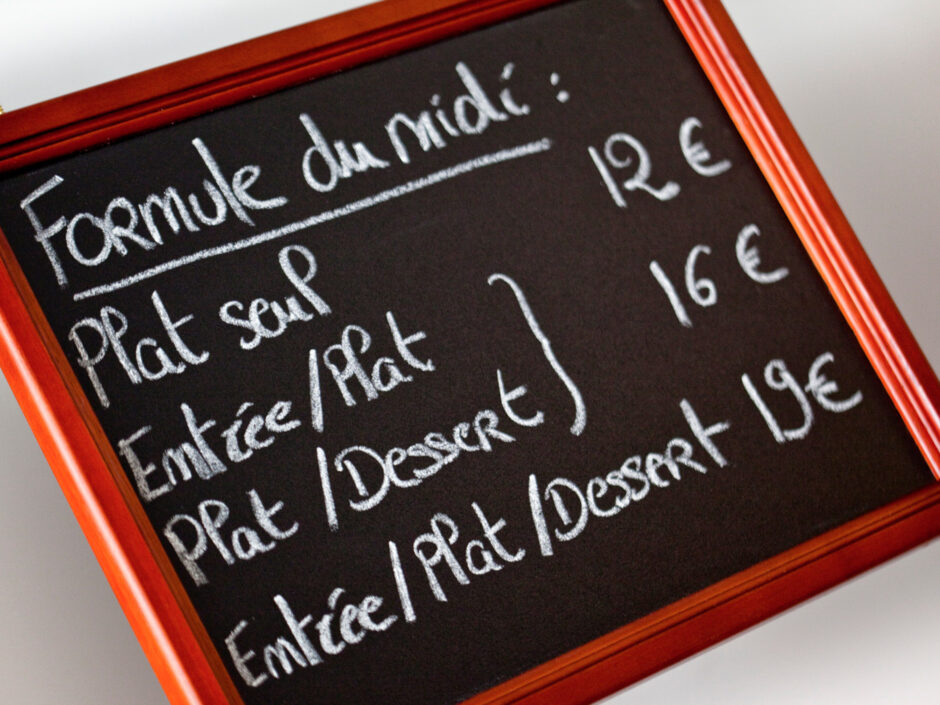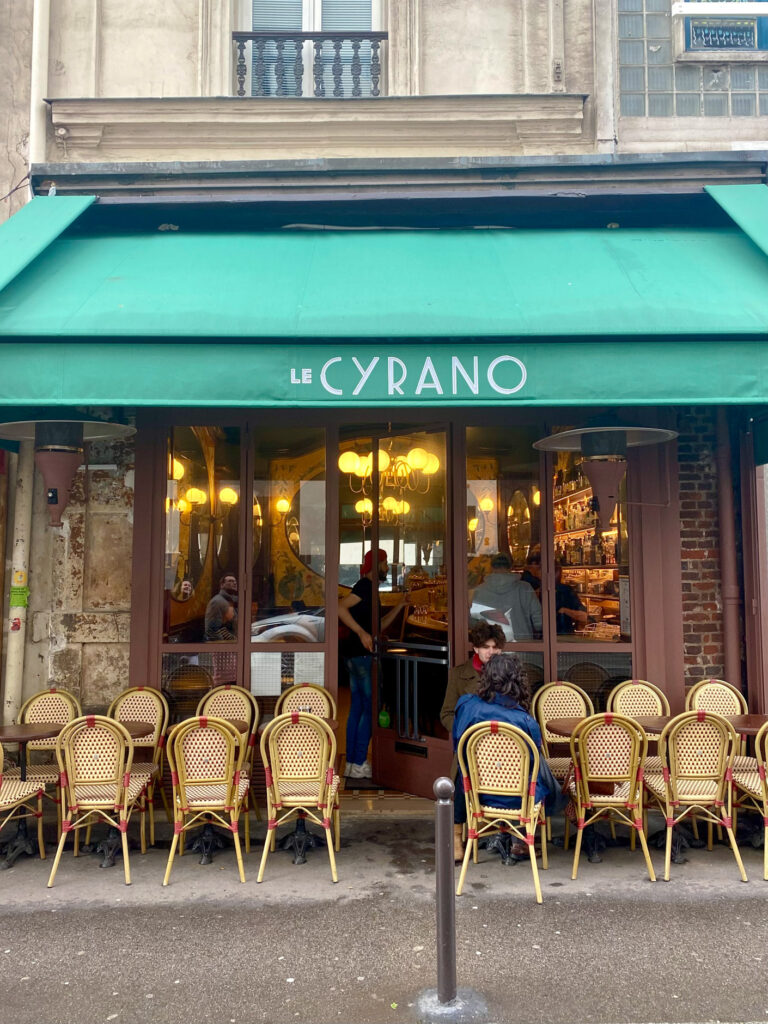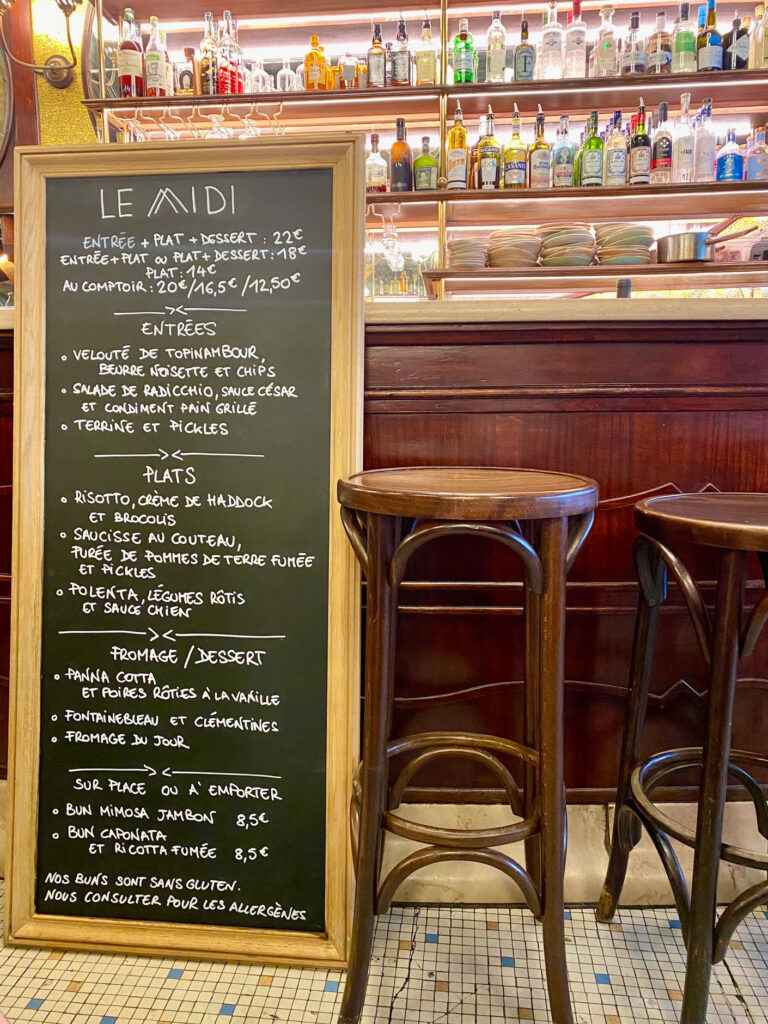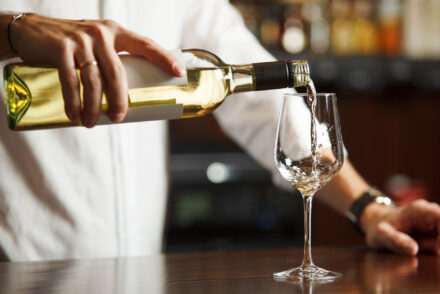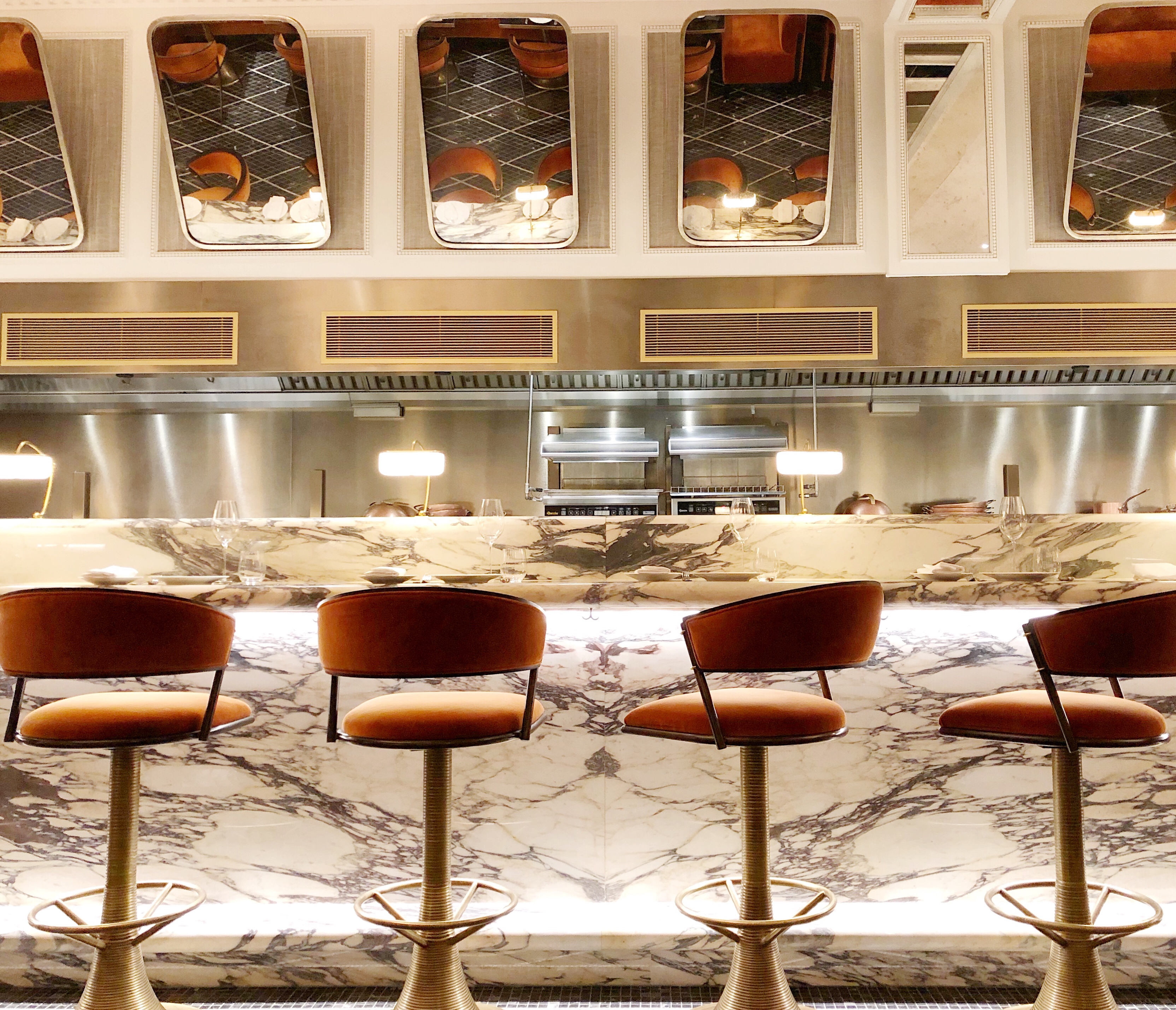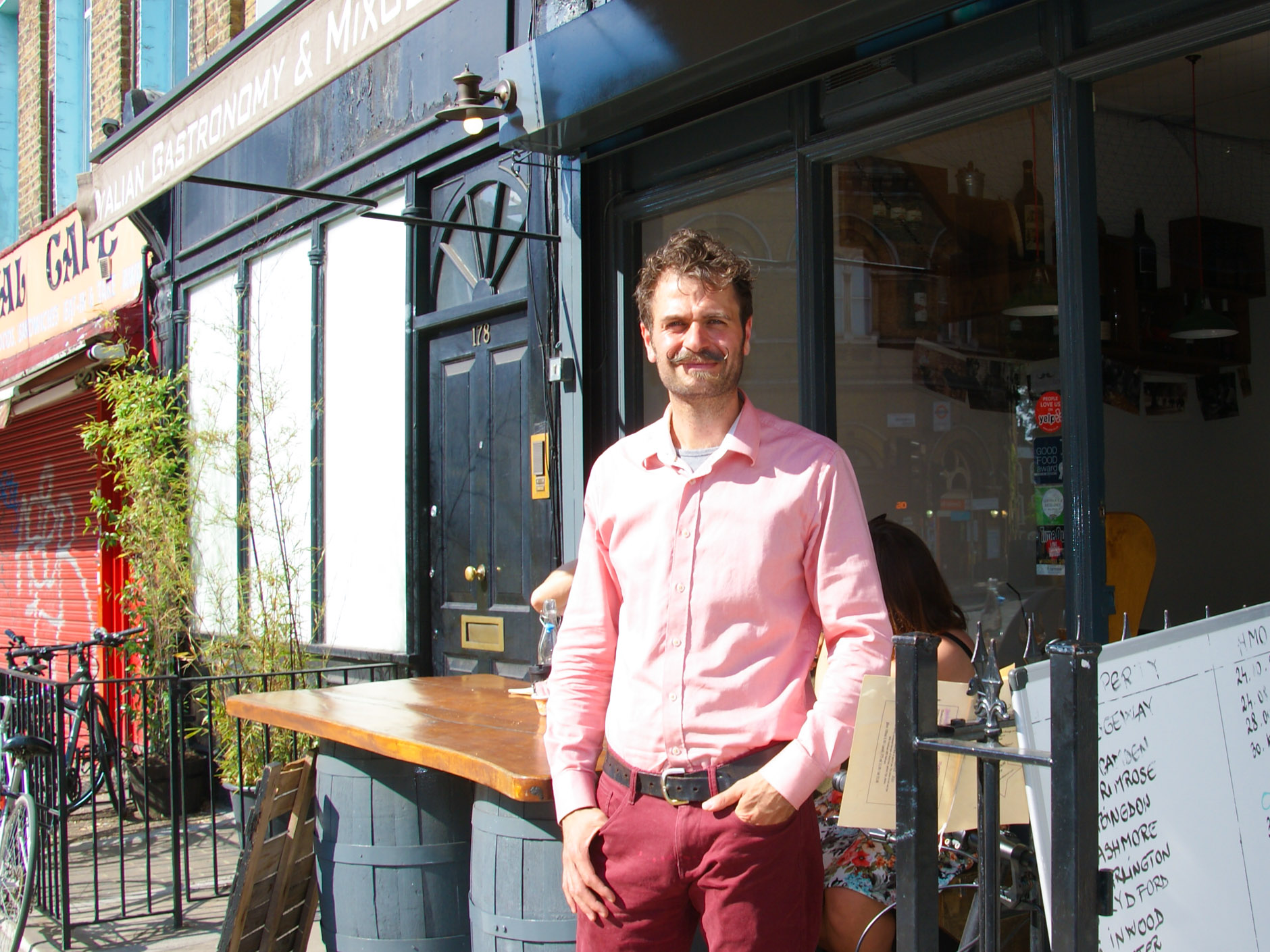The challenges faced by the hospitality industry over the last few years — soaring energy prices and food costs, staff shortages, transport delays (to name a few) — show no signs of abating in 2023. If anything, conditions are forecast to worsen and diners, faced with their own economic hardships, are more reluctant than ever to spend money on eating out.
So how will restaurants, pubs and bars cope? Consensus thus far has been that venues will shorten opening hours, hike up prices, shrink portions and, in the worst cases, close down entirely. The fine dining model appears now to have pretty much run its course. Recent omens (Noma’s imminent closure; Mark Mylod’s The Menu) may have highlighted just how unsustainable fine dining is, but its fall from grace has been a long time coming. While this won’t stop high-end spots continuing with last year’s theme — choosing to offer only (expensive) tasting menus in the hope that it will help to control outgoings — other mid-range restaurants (who relied on all day à la carte menus now too expensive to pull off) are beginning to turn to different models entirely.
There’s already evidence that some establishments may move towards the French formule model: a set lunch special made up of two or three reasonably priced courses. Indeed, the likes of Café Murano and The Quality Chop House have been offering a similar sort of deal for a while now. But it’s intriguing that formules, or low-cost fixed-price menus, remain far less ubiquitous in the UK than in France. For the French, lunch formules are part and parcel of the culture: so anticipated is a formule deal that there’s a widely-held belief that in France restaurants are actually legally obliged to offer one. They aren’t, but it is notable that only last year a labour law dictating that workers were not allowed to eat their lunch at the workplace was overturned. Lunch in France is sacrosanct and so too is the lunchtime formule.
it might well be time for the UK to think again and embrace lunchtimes more readily: in doing so, both customers and restaurants could benefit
It was the ‘king of chefs and the chef of kings’, August Escoffier, who introduced the formule model; his ambition being to reduce stress placed on kitchen staff, allowing them to perfect a handful of dishes rather than a huge number of different plates.
He also felt that a simpler menu (a word used interchangeably with formule) of two or three plates would put foreign, non-French speaking customers at ease, avoiding the linguistic gymnastics of pronouncing tricky French words. Interestingly, it wasn’t long until Escoffier introduced the formule to London and, more specifically, to The Savoy where he began working in 1890. The jury’s out as to why the formule model didn’t take off in the UK as well as it did in France. It may simply be down to cultural differences — the fact that lunch has always been a more important, and more substantial, meal in France than in the UK. Nevertheless, regardless of what has happened in the past, given the onslaught of challenges that we now face, it might well be time for the UK to think again and embrace lunchtimes more readily: in doing so, both customers and restaurants could benefit.
Staff wellbeing is a hot topic for the hospitality industry and rightly so. Replacing à la carte menus with prix-fixe not only reduces the number of staff needed in a restaurant, but it greatly reduces the stress — as Escoffier foresaw — on existing staff. With fewer tasks to complete, consistency and quality over quantity reign, improving the dining experience for customers and the cooking/serving experience for those working in the company. It also reduces restaurant costs, with fewer staff to pay and fewer ingredients to buy. Moreover, set menus give chefs the opportunity to show a bit more personality on the plate and at the same time control their food wastage as the chance of over-ordering from suppliers, or prepping dishes that may not be ordered, is less likely.
For customers, formules present an opportunity to try food from restaurants that may otherwise be too pricey. It’s not unusual for Michelin-starred or recommended places to offer a bargain lunch menu. Being presented with fewer options also boosts consumers’ satisfaction enormously — the often paralysing decision-making disappears, and the growing fear you may have ordered the wrong dish is reduced.
Escoffier’s formule wasn’t the only Gallic lunchtime initiative that failed to take off in the UK. In France, lunch vouchers – ticket resto – are a standard employee benefit with which workers can pay for part or the entirety of their midday meal. After the pandemic, the restaurant ticket limit was raised from 19 euros to 38 euros in a bid to bolster the struggling hospitality industry. ‘Luncheon vouchers’ – introduced in post-war Britain – worked in a similar way, and were popular throughout the 1970s and early 1980s where they were colloquially referred to as ‘LVs’. Despite the fact that lunch vouchers actually originated in the UK two years before they were introduced in France, they didn’t really last. LVs’ value was never raised to match inflation and by April 2013 – when they amounted to a ridiculous 15p per day – they were scrapped entirely. It’s a stretch to hope that tax-deductible restaurant vouchers will be reintroduced in the UK; notwithstanding the ‘Eat Out to Help Out’ scheme we are, after all, dealing with a government that had to be strong-armed into supporting a free school meal scheme for hungry children. This a real shame. Ticket restos support the local economy in France, and the health and wellbeing of French workers.
What’s most likely at the heart of the formule’s success in France are the still fairly rigid rituals that the French adhere to unlike most other countries. In an interesting TEDx Talk on the anthropology of food French sociologist Claude Fischler discusses research that shows how, even in the era of burgeoning fast food outlets in France, people continue to follow deep-rooted behaviours. These include eating three meals each day, at fixed times, usually gathered together round a table and staying there much longer than in other European countries: “at 1:00, whatever the day of the week, you have 50% of French people eating together.” It’s a very different picture in the UK where, according to research by BUPA, almost a third of workers usually eat lunch at their desk, with 43 per cent saying they were too busy to take a break from their computers.
Thankfully, however, there are a number of restaurants in the UK which are trying to pry us away from our desks by offering quality formules already. A few worth noting include Soho’s Blanchette, where you can get two courses for £15, or three for £19.50. Their menu is subject to change daily, but some of my favourite dishes have included their ‘Rosette de Lyon’ with celeriac rémoulade and their perfectly aromatic moules marinière. Noble Rot offers two courses for £18 and three for £22 — and if the Comté tart is on offer, don’t even think about ordering anything else. For a flavour-packed lunch formule, BAO’s is only £15 and includes a Bao bun, Xiaochi (usually fried chicken or umami-packed mushroom noodles), and a rice bowl. A few brilliant Paris-based formules include the 18€ menu at the charming art nouveau bistro Le Cyrano, and the brilliant Italian restaurant Rivoluzione where you’ll be treated to plates of homemade pasta and boozy Italian desserts in a two-course menu costing 13€.
Is this, then, the solution to the restaurant industry’s woes? Not all employees in the UK can take advantage of prix-fixe menus even if they are becoming more common — we have far shorter lunch breaks than in France for instance. But while lunchtimes might be tricky, the formule model is definitely win-win. The general consensus is that if people can still afford to eat out, they’ll be doing so more cautiously and discerningly. Reducing menus and opting only for prix-fixe menus – even for evening meals – has got to be the way forward for a more sustainable future for the sector.
Cover photo licensed by Adobe. All other photos by Rachel Naismith.
February 2023

